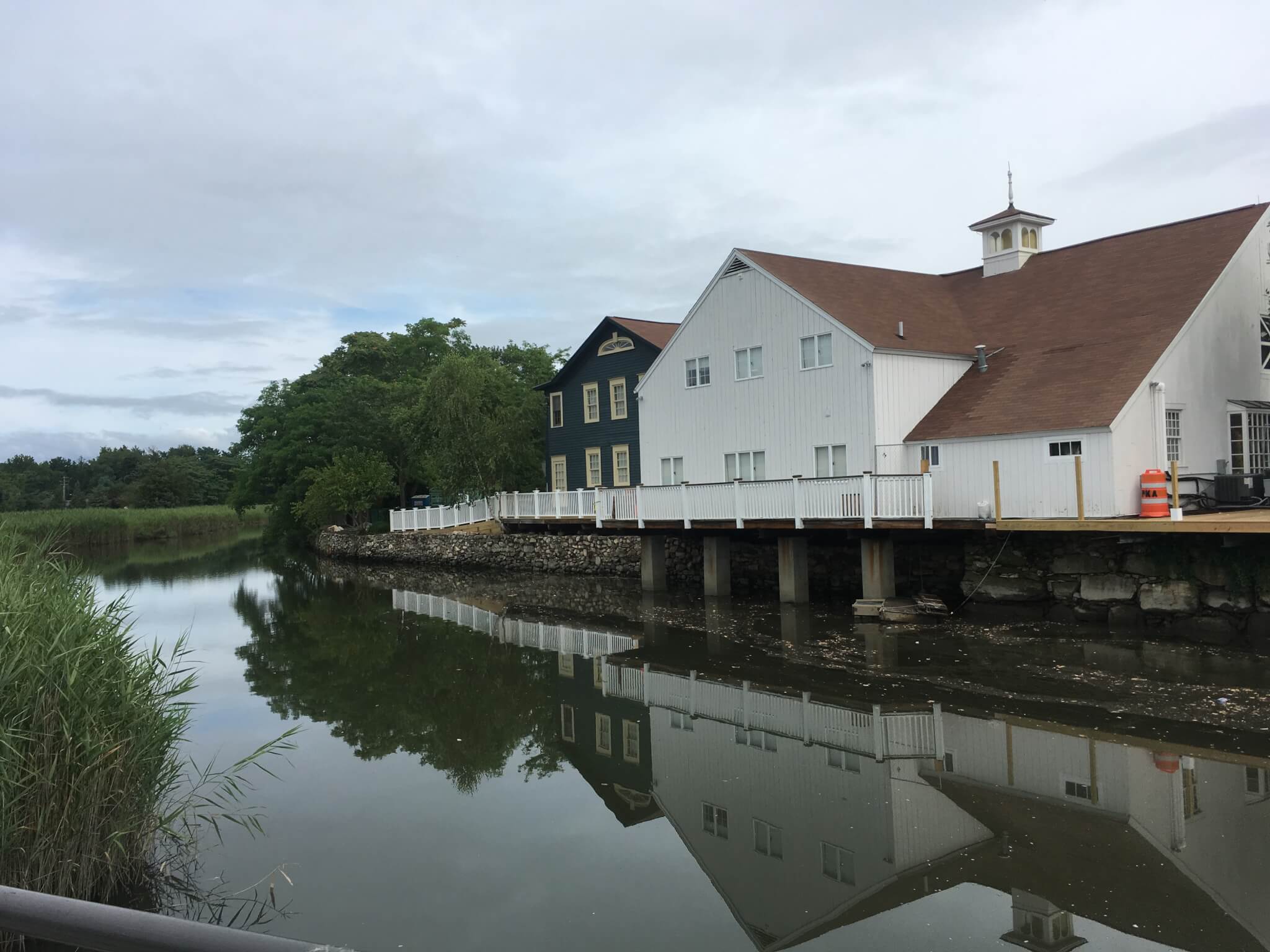
Case Study: Saugatuck River Watershed
A Watershed History
The Saugatuck River Estuary – where the river meets Long Island Sound – supports beaches, boating and shellfish beds. Historically, seagrass occurred near the mouth of the river until the late 1940s. The Saugatuck River Watershed – the area of land draining to the river – extends from densely populated coastal communities northward into relatively rural towns with deep forests, steep rocky ravines and expansive freshwater reservoirs that supply drinking water to the City of Bridgeport. Communities in the Saugatuck River Watershed have a history of successful conservation – with more than 40 percent of land permanently protected. But despite that conservation, the Saugatuck River still faces challenges.
Challenges Today: Lessening Nitrogen Loads
In 2014, The Nature Conservancy conducted research to model and quantify nitrogen loads in the Saugatuck River. Results showed:
- Nitrogen loads to the Saugatuck River Estuary exceeded the threshold for seagrass survival by nearly 80 percent.
- Nitrogen leaking from residential septic systems into groundwater made up the largest contribution followed by residential fertilizers that wash into streams, storm drains and eventually Long Island Sound.
Reducing nitrogen levels by 40 – 50 percent will support healthy conditions in coastal waters such as improved water clarity, reduced incidents of low dissolved oxygen, and decreased occurrences of algae blooms.
Potential Solutions
Representatives of Saugatuck River Watershed communities met over a two-year period to learn about emerging nitrogen pollution science and management approaches, clarify data and research needs, and identify action steps for implementing nitrogen reduction strategies.
Results of the Saugatuck River Watershed workshops highlighted options for modernizing and upgrading wastewater infrastructure and changing the way we use fertilizers to restore and protect healthy conditions in their coastal waters.

